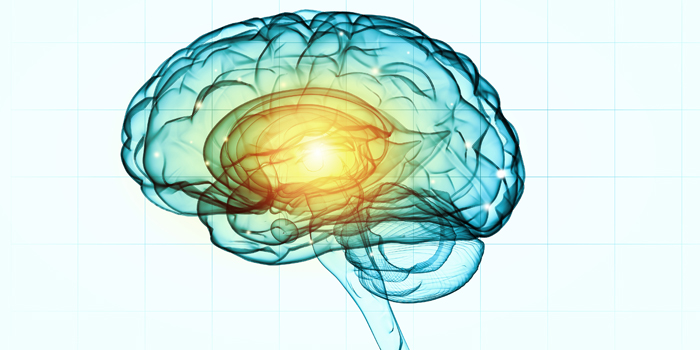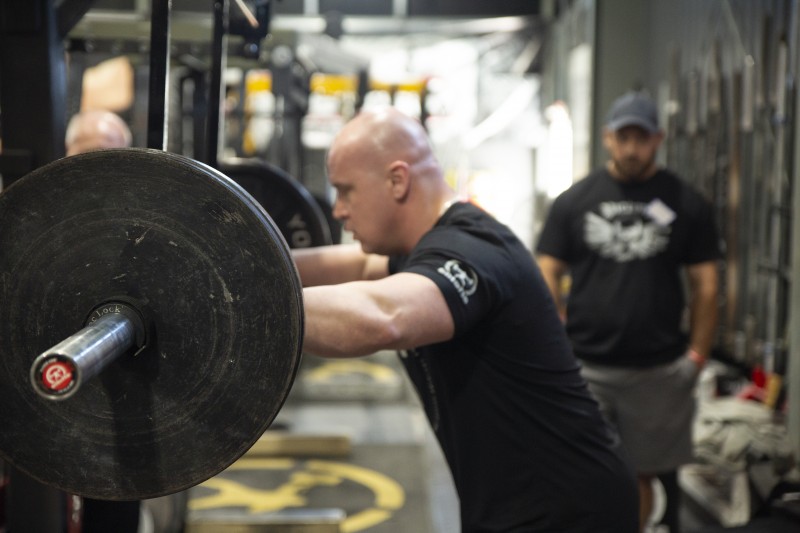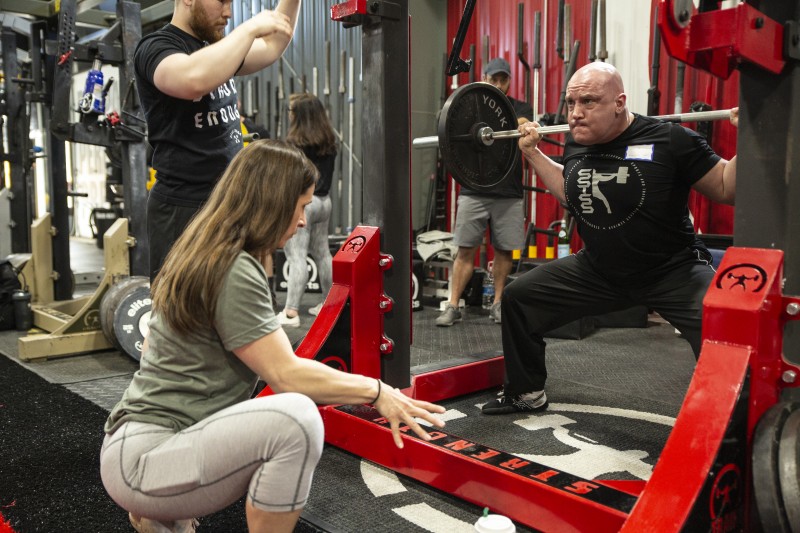
Many athletes feel that they might improve their conditions because they visualize themselves going through the movement of events they are going to perform before starting. They mentally go through every detail of the performance to come. It is common for almost any sports like skiers, gymnasts, weightlifters, etc., to use such a visualization preparation before they compete. With closed eyes, they move (or just think that they move) through the competition and follow the intended movements, millimeter by millimeter.
There is research that supports the theory of that experience. The ability of an athlete to use the movements of a mental process to improve his neurological response in the subsequent activity is a bit of a mystery. It is believed to strengthen self-confidence and helps to build communication in the nervous system so that it becomes less sensitive to anxiety about the performance and other external factors.
RECENT: Unlocking Your Muscle Chain
Research shows that you can actually get stronger just by visualizing that you are training. Researchers at the Cleveland Clinic Foundation in Ohio split 30 people into three groups. For 15 minutes a day, five days a week for 12 weeks, Group 1 thought they would be straining their little finger, Group 2 imagined that they tightened their biceps, and Group 3 were actually training. Groups 1 and 2 were asked to visualize a movement in the muscles without touching or moving them. The researchers measured the strength before, during, and after the visualized exercises.

Group 1, who “trained” their little fingers, increased their strength by 35 percent while Group 2, who “trained” biceps, increased their strength by 13.4 percent. The group that was training physically increased with 53 percent. That sounds completely amazing. However, measurements of the participants' brain activity during the visualization activity indicate that the large increase in strength was due to improvements in the brain's communication ability to the muscles. With this in mind, it is a little easier to understand how visualizations can improve even in a more complex movement than just a single muscle contraction. The brain finds it difficult to distinguish between thoughts and actions, and it sends signals to the part of the body that you focus on — even if it is only mental.
The study was conducted in 2004, and it is expected that this technique could be used to help physiotherapists in their rehabilitation work with stroke patients and patients who had spinal cord injuries. A friend who previously worked as an assistant to a woman with multiple sclerosis sometimes put up a mirror in front of her paralyzed arm, and then she worked with the finger movement of the healthy hand that the mirror reflected in front of the paralyzed arm. It looked like the damaged arm was moving because the mirrored image was in front. From time to time, she could see how her client’s fingers moved behind the mirror, and afterward, the woman with multiple sclerosis was sore from the training the arm she couldn’t move at all!
We have not caught up to this in sports but imagine the untapped potential. Should we be able to use this fully, we would probably be able to help to correct some athletes’ incorrect movement patterns. We could accelerate the recovery and speed up the learning of new exercises.
Many who train are careless through the first sets of warming up with lower weights and do not put much focus on them until they come up with their training weights. Then suddenly, they try to correct themselves! But if warming up was not important, why did you do it at all in the first place? Instead, when you take the barbell, you should try to recognize every little movement you make with the bar. The easier the bar is, the more important it is that you feel every little subtle movement. Then you improve the body's movement path, and when it gets heavier, you do not need to put the same focus on it since it shot more automatically (i.e., the body has a movement pattern that it automatically switches on when you are lifting the barbell that calls the muscle chain).

Finding balance is really important. Can you make a stable squat with your eyes closed? Can you point your finger against your nose even with closed eyes? The required body control is not something spectacular in any of those cases. But it says quite a lot about our sensory body motor skills.
LISTEN: Table Talk Podcast Clip — The Missing Link to Social Skills: Movement
We have no mirrors in our gym at Seminoff Sport & Rehab in Hindås, Sweden, and in the beginning, many said that they wanted mirrors to be able to see and make sure they have a good form when they were training. Eventually, most of our members became very grateful that we do not have any mirrors because it has taught them how to feel in the body when they practice their exercises, which solved their progression code to extend a lot.
An improved body control that is the result of when the muscles cooperate with our other senses makes a difference, not only in terms of damage prevention but also result-wise. If you do not know how the body works, how can you have adequate nerve supply to the areas and mobility complexes that work?
Each movement is started by an intention to move. You may think that it is the barbell that should be moved and not the body part, but unless the body moves, the barbell will not move, either. The intention is a sort of visualization, and the stronger your intention is, the more determined and prepared your body will be in achieving the work you planned to do.
Did you know a lot of boutiques put a mirror in their display window just to steal your attention so you will look at the products they placed beside the mirror? Everybody wants to see themselves in the mirror! Instead of looking in the mirror, you should get things done!
- Understand the importance of warming up properly.
- Get an insight into how the nervous system can regulate the strength of your muscles.
- Mirrors can actually destroy your muscle development.
- Visualize what you want to do or become.
References
- From mental power to muscle power; gaining strength by using the mind, Vinoth K. Ranganathan, Vlodek Siemionowa, Jing Z. Liu, Vinod Sahgal, Guang H. Yue, Neuropsychologia 42 (2004) 944-150; 956.
Header image credit: Sergey Nivens © 123rf.com











lc; Thanks for notice, I looked up the references and it look like I have to do some changes in my text. I will fix that during the week. The correct numbers are that they increased their strenght with 35% by visulization and that the group that was actually training physical increased 53%! Thanks for notice and I will change it!
You can read about the study at https://www.sciencedirect.com/science/article/abs/pii/S0028393203003257?via%3Dihub